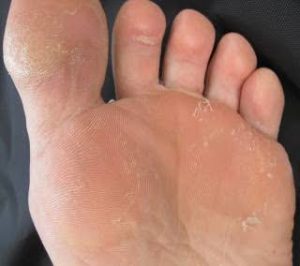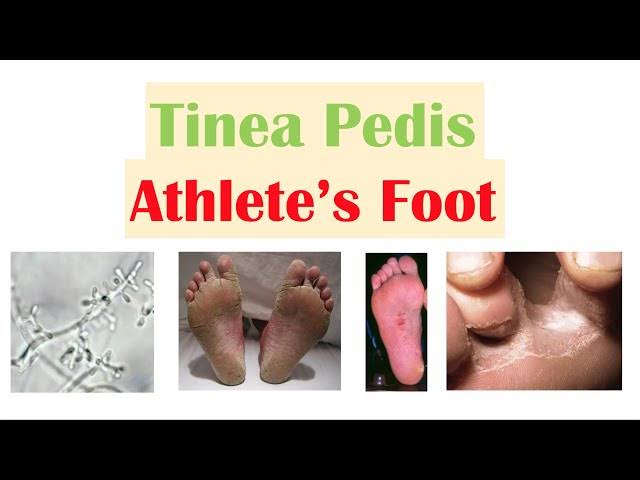In the depths of my sneakers, a sinister force lurked, waiting to strike. “The Itch Insurgent” had taken hold, its fungal fingers wrapping around my toes like a vice. At first, it was just a whisper, a gentle tickle that I could ignore. But soon, the itch grew louder, a deafening scream that demanded attention. I tried to shake it off, to outrun the discomfort, but it only seemed to spread, a slow-burning fire that threatened to consume me whole.
But I refused to give in. I launched a counterattack, armed with creams and powders, determined to reclaim my feet from the insurgent’s grasp. And slowly, oh so slowly, the itch began to recede, its grip loosening as I fought back. It was a battle for control, for dominance, and I was determined to emerge victorious. With every step, every scratch, I felt the insurgent’s hold weakening, its power waning.
And then, one glorious morning, I woke to find my feet silent, still, and itch-free. The insurgent had been vanquished, its rebellion quashed. I stood tall, my feet bare and unafraid, ready to take on the world. The itch may have been a formidable foe, but I was stronger. I was the champion of my own skin, the hero of my own story. And as I walked out into the bright sunlight, I knew that no matter what challenges lay ahead, I would face them head-on, my feet firmly on the ground.
What is Athlete’s Foot?

Athlete’s Foot, also known as Tinea Pedis, is a common fungal infection that affects the skin on the feet, particularly between the toes. It is caused by a group of fungi called dermatophytes, which thrive in warm, moist environments.
There are three main types of Athlete’s Foot, each with distinct symptoms:
1. Interdigital Athlete’s Foot (between the toes):
– Itching, burning, or stinging sensations
– Redness, cracking, and scaling
– Foul odor
2. Moccasin Athlete’s Foot (on the soles and heels):
– Dry, scaly, or flaky skin
– Cracking of the skin
– Discoloration
3. Vesicular Athlete’s Foot (blisters):
– Blisters or ulcers
– Itching, burning, or stinging sensations
– Redness and inflammation
Symptoms of Athlete’s Foot:
Common Symptoms:
1. Itching, burning, or stinging sensations
2. Redness and inflammation
3. Cracking and scaling of the skin
4. Dry, scaly, or flaky skin
5. Blisters or ulcers
6. Foul odor
7. Discoloration of the skin
8. Exfoliation (peeling) of the skin
9. Pain or tenderness in the affected area
Mild Symptoms:
1. Slight itching or burning
2. Mild redness and inflammation
3. Minimal cracking and scaling
Severe Symptoms:
1. Intense itching or burning
2. Severe redness and inflammation
3. Extensive cracking and scaling
4. Large blisters or ulcers
5. Strong foul odor
6. Significant discoloration
7. Excessive exfoliation (peeling)
Rare Symptoms:
1. Cellulitis (bacterial infection of the skin)
2. Fungal nail infections
3. Bacterial infections
4. Abscesses or pus-filled pockets
5. Fever or chills (in severe cases)
If you’re experiencing any of these symptoms, it’s essential to consult a doctor or podiatrist for proper diagnosis and treatment.
Risk factors for Athlete’s Foot:
1. Sweaty feet: Moisture creates an ideal environment for fungal growth.
2. Tight-fitting shoes: Traps sweat and heat, creating a perfect breeding ground for fungi.
3. Sharing personal care items: Sharing towels, socks, or shoes can spread the infection.
4. Walking barefoot: Exposes feet to fungi in public areas like locker rooms, showers, or pools.
5. Poor foot hygiene: Infrequent washing or drying of feet.
6. Warm and humid environments: Fungi thrive in temperatures between 40°C to 90°C (104°F to 194°F).
7. Weakened immune system: People with compromised immune systems are more susceptible.
8. Age: Athlete’s Foot is more common in young adults and athletes.
9. Sex: Males are more likely to develop Athlete’s Foot than females.
10. Certain medical conditions: Diabetes, eczema, or psoriasis increase the risk.
11. Using public showers or baths: Exposes feet to fungi and bacteria.
12. Sharing footwear: Sharing shoes or socks can spread the infection.
13. Not changing socks regularly: Allows moisture to build up and creates an ideal environment for fungi.
14. Using harsh soaps or cleansers: Strips the skin of its natural oils, making it more susceptible to infection.
15. Poor ventilation: Inadequate airflow in shoes or socks traps moisture and heat.
By being aware of these risk factors, you can take steps to prevent Athlete’s Foot and maintain good foot hygiene.
Prevention
1. Keep feet clean and dry: Wash feet twice a day and dry thoroughly, especially between toes.
2. Use antifungal products: Apply antifungal powders, sprays, or creams to feet and in shoes.
3. Wear well-ventilated shoes: Choose shoes with good airflow to reduce moisture buildup.
4. Change socks regularly: Change socks at least once a day, or more often if feet get sweaty.
5. Wear socks made of breathable materials: Choose socks made of cotton, wool, or synthetic materials that wick away moisture.
6. Use shoe sanitizers: Use products that sanitize shoes and kill fungi and bacteria.
7. Avoid sharing personal care items: Don’t share towels, socks, or shoes to prevent spreading the infection.
8. Wear flip-flops in public showers: Protect feet from fungi and bacteria in public areas.
9. Dry shoes thoroughly: After washing or sweating, dry shoes completely before wearing.
10. Use antifungal insoles or shoe liners: Add extra protection against fungi and bacteria.
11. Trim toenails properly: Keep toenails short and clean to prevent fungi from accumulating.
12. Wear clean socks to bed: Prevent fungi from spreading to other parts of the body.
13. Use a dehumidifier: Reduce moisture in the environment to prevent fungi growth.
14. Avoid tight-fitting shoes: Give feet room to breathe and reduce moisture buildup.
15. Consult a doctor if necessary: If you have a weakened immune system or are prone to Athlete’s Foot, consult a doctor for extra prevention measures.
Treatment and management of Athlete’s Foot involve a combination of self-care practices, lifestyle modifications, and medical treatments. Here are some ways to treat and manage Athlete’s Foot:
Self-Care Practices:
1. Keep feet clean and dry
2. Wash feet twice a day with soap and water
3. Dry feet thoroughly, especially between toes
4. Trim toenails properly
5. Change socks regularly
6. Wear well-ventilated shoes
7. Use antifungal powders or sprays
Lifestyle Modifications:
1. Wear socks made of breathable materials
2. Avoid sharing personal care items
3. Wear flip-flops in public showers
4. Dry shoes thoroughly after washing or sweating
5. Use antifungal insoles or shoe liners
Medical Treatments:
1. Topical antifungal creams, powders, or sprays
2. Oral antifungal medications (for severe cases)
3. Prescription-strength creams or ointments
4. Antifungal lacquers (for fungal nail infections)
Home Remedies:
1. Tea tree oil
2. Vinegar foot soak
3. Baking soda powder
4. Hydrogen peroxide solution
5. Aloe vera gel
When to See a Doctor:
1. If symptoms persist or worsen
2. If you have a weakened immune system
3. If you have diabetes or poor circulation
4. If you experience severe pain or discomfort
5. If you notice signs of bacterial infection (increased redness, swelling, or pus)
Early treatment and management can help prevent complications and ensure effective treatment of Athlete’s Foot.

